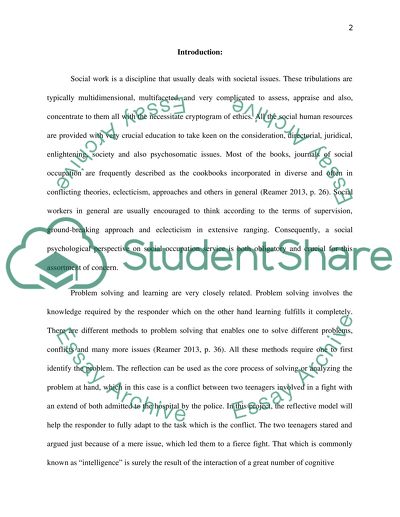Cite this document
(“Social work reflective practice Essay Example | Topics and Well Written Essays - 2250 words”, n.d.)
Retrieved from https://studentshare.org/miscellaneous/1635833-social-work-reflective-practice
Retrieved from https://studentshare.org/miscellaneous/1635833-social-work-reflective-practice
(Social Work Reflective Practice Essay Example | Topics and Well Written Essays - 2250 Words)
https://studentshare.org/miscellaneous/1635833-social-work-reflective-practice.
https://studentshare.org/miscellaneous/1635833-social-work-reflective-practice.
“Social Work Reflective Practice Essay Example | Topics and Well Written Essays - 2250 Words”, n.d. https://studentshare.org/miscellaneous/1635833-social-work-reflective-practice.


